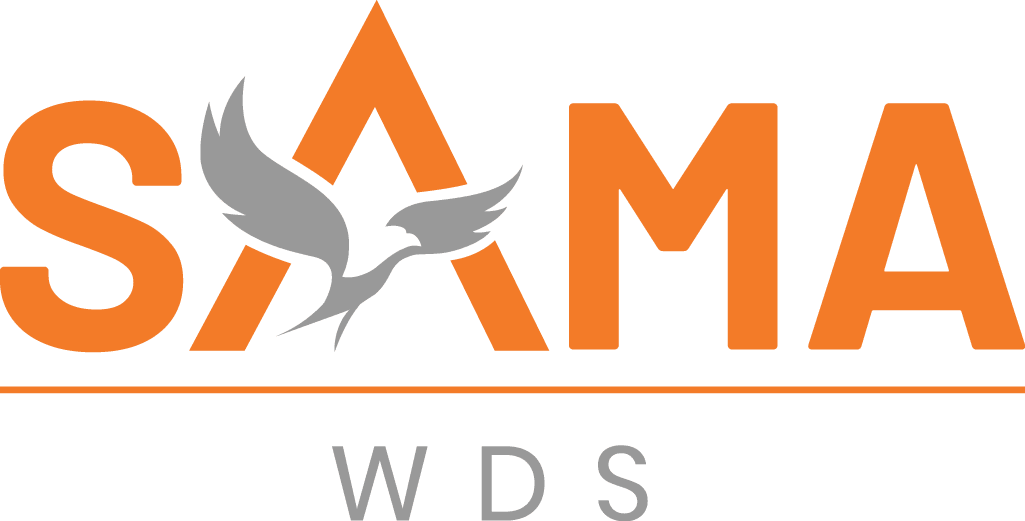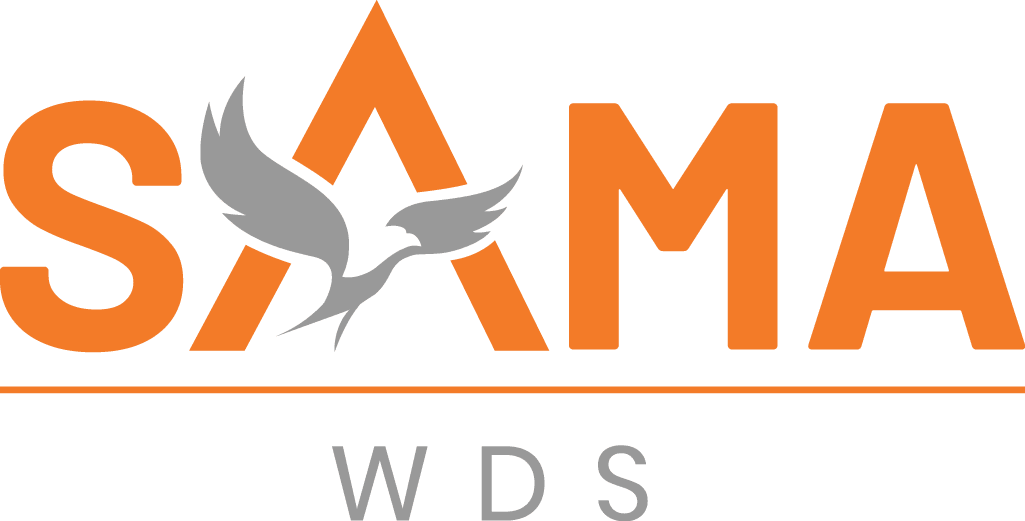
Mastering Workday Financials: Automating Complex Revenue Recognition with Prism Analytics
In today’s finance and IT landscape, enterprise-grade systems must satisfy regulatory rigor while enabling operational agility. Workday Financials, adopted globally in industries from banking to SaaS, supports revenue management under ASC 606 and IFRS 15. Yet, many implementation teams struggle with manual recognition workflows, deferred revenue inaccuracies, and fragmented compliance reporting.
This article explores how Workday Prism Analytics—the advanced data‑modeling engine embedded in Workday—can radically automate complex revenue recognition. We’ll delve into technical integrations, transformation pipelines, governance, and real‑world use cases, such as multi‑element arrangements and ASC 606 compliance at scale.
We’ll also reference recent industry data:
- McKinsey (2023) found automation and analytics could remove $200–360 billion in US healthcare administrative spend, including revenue cycle management
- Harvard/McKinsey (2023) estimates automation-enabled RCM savings of 4–11% in healthcare, or $60–120 billion annually
- McKinsey (2025) confirms healthcare profit‑pool growth of 7% CAGR, further incentivizing streamlined financial processes
The Role of Prism Analytics in Financial Automation
Prism Analytics acts as a central data hub within Workday Financials. It supports a low/no‑code environment to ingest, model, and integrate structured data from multiple sources—financial subledger tables, SFTP drops, third‑party APIs, and custom Workday reports .
In a typical ASC 606 workflow:
- Extract transaction data and contract metadata (start date, price, performance obligations).
- Transform using Prism joins, unions, filters, and calculated fields to shape the contract‑level dataset.
- Load the output tables into Workday for recognition execution.
- Visualize deferred and recognized revenue via Prism dashboards, tying into Workday Financial Reporting.
Key Benefits:
- Unified Security under Workday’s object‑level security model.
- Near‑real‑time updates—critical for ASC 606’s 5‑day reporting windows.
- Low‑code configurability, reducing dependency on middleware.
Ready to Transform Your Revenue Recognition Process?
Sama specializes in Workday Financials implementations, Prism Analytics automation, and complex revenue recognition solutions. Our certified financial consultants help organizations streamline their financial processes, ensure compliance, and unlock powerful insights through advanced analytics and reporting capabilities.

Technical Deep Dive: Configuring Prism Analytics for Revenue Recognition
1. Ingesting Source Data
- Core Workday: Ledger transaction tables (LedgerTrans, RevAllocSplit), revenue accounting setup reports.
- External: Identify SFTP-based CRM extracts (e.g. Salesforce opportunity streams) for rebilling or subscription events.
- APIs: Callouts to billing systems, via Prism connectors, to import currency rates, contract changes.
2. Constructing the Pipeline
a) Base Join
-sql
-CopyEdit
-JOIN LedgerTrans LT
-ON LT.ContractID = CRM.ContractID
b) Union manual adjustments and third‑party bridges.
c) Filters within Prism UI to exclude internal‑use, barter or non‑revenue transactions.
d) Calculated Fields:
-Transaction Price Allocation = Price * PerformanceObligationWeight / TotalWeights
-Recognition Schedule = CASE WHEN ServiceStart ≤ ReportingDate THEN Amortize ELSE Defer
e) Create a final dataset: [Contract, PerfObligationID, RecognizeDate, Amount]
3. Scheduling Prism Dataflows
- Configure scheduled Prism dataflows to refresh daily or hourly.
- Use incremental—and watermark—techniques for efficiency.
4. Governance & Security
- Leverage Workday’s security domain: only revenue‑ops and accounting teams see recognition tables.
- Set up auditable lineage in Prism: track data sources, pipeline steps, and stakeholders.
- Maintain change‑approval workflows for Prism schema modifications.
5. Recognition Engine Integration
- Use Workday Revenue Recognition engine: load Prism dataset into RevRec transactions.
- Automate recognition triggers: e.g., upon hitting revenue thresholds, deliverables sign‑off, or contract renewals.
Real-World Applications and Case Studies
1. Multinational Corporation (Global SaaS + Hardware)
A Fortune 500 tech firm with hardware‑software bundles needed unified revenue recognition globally:
- Prism blended CRM (SAP, Salesforce), ERP, contract management, and foreign‑currency feeds.
- They designed dataflows allocating $ per performance obligation and automated multi‑currency ASC 606 recognition.
- Result: 80% reduction in manual journal entries, faster quarterly close, and global standardization.
2. Warner Bros. M&A Data‑Blending Use Case
Warner Bros leveraged Prism Analytics in cross‑divisional acquisitions:
- Quantity: merged contract and revenue streams with legacy film/IP contracts.
- Outcome: real‑time dashboard tracking performance obligation fulfillment, ensuring post‑merger ASC 606 compliance
3. Workday + Adaptive Planning Integration for ASC 606
Using Revelwood’s framework, a SaaS client leveraged Workday Adaptive Planning integrated with Prism for projection‑based revenue modeling
They applied:
- Booking water‑falls (6–48 months)
- Churn-calculation scenarios
- Deferred revenue forecasting hooks into Prism pipelines
Outcome: 95% forecast accuracy vs. manual spreadsheets.
Ready to Transform Your Revenue Recognition Process?
Sama specializes in Workday Financials implementations, Prism Analytics automation, and complex revenue recognition solutions. Our certified financial consultants help organizations streamline their financial processes, ensure compliance, and unlock powerful insights through advanced analytics and reporting capabilities.

Best Practices for Optimizing Automation
Design for Modularity
Create Prism “building blocks” per contract type (SaaS, hardware, subscription).
Test and Reconcile
Monthly Reconciliation: Prism dataset vs. General Ledger/Deferred revenue.
Performance Tuning
Use incremental dataflows and partition large datasets for scale.
Automate Controls
Implement Prism-based audit dashboards: drill into data lineage, exceptions, and overrides.
Change Management
Governance board includes finance, IT, internal audit; Prism schemas require dual approval workflow.
Future-Proofing
Prepare for IFRS 15 expansions (e.g., variable consideration), AI‑driven input validation, generative templates in Prism.
Conclusion and Future Trends
As of June 2025, finance transformation and automation remain top priorities:
- McKinsey highlights automation’s proven potential—$200B–360B in admin cost reductions across healthcare and finance
- Prism Analytics is evolving; 2025 releases include ML‑assisted pipeline suggestions, improved XBRL tagging, and deeper orchestration with Workday Financial Reporting.
For advanced practitioners, the next frontier lies in:
- AI‑assisted pipeline generation
- Cross‑workday automation for combo compliance (ASC 606, ASC 842, ASC 350)
- Self‑service recognition validation
By embedding Prism Analytics into revenue workflows, Workday customers achieve automation, compliance, and real‑time insight—cornerstones of modern digital finance.
Ready to Transform Your Revenue Recognition Process?
Sama specializes in Workday Financials implementations, Prism Analytics automation, and complex revenue recognition solutions. Our certified financial consultants help organizations streamline their financial processes, ensure compliance, and unlock powerful insights through advanced analytics and reporting capabilities.

